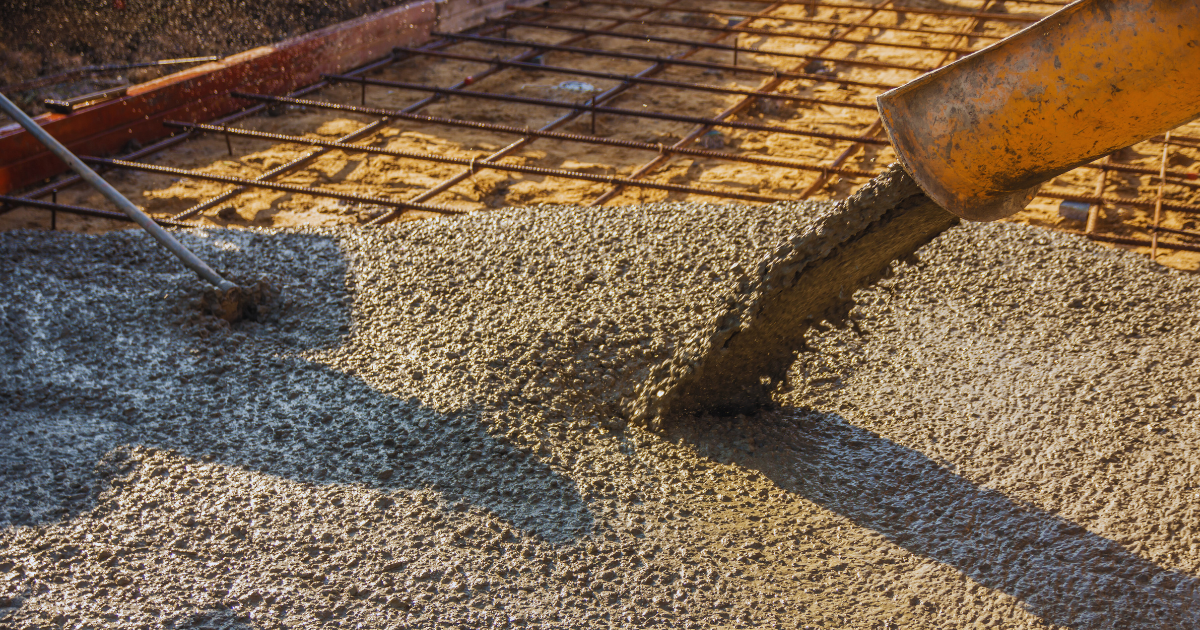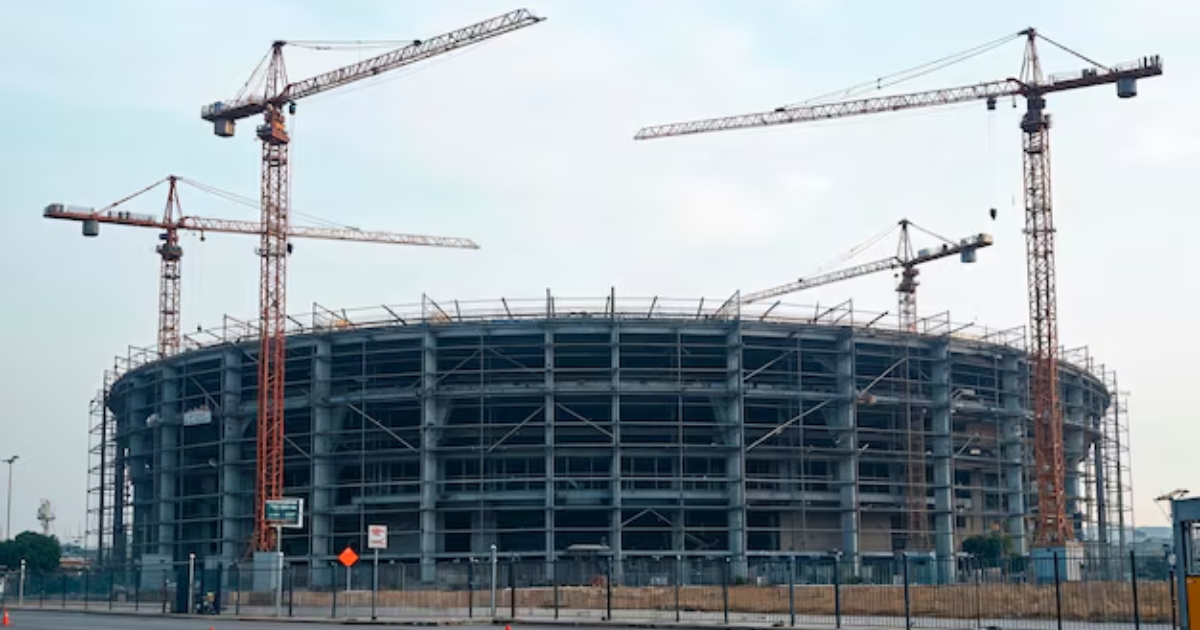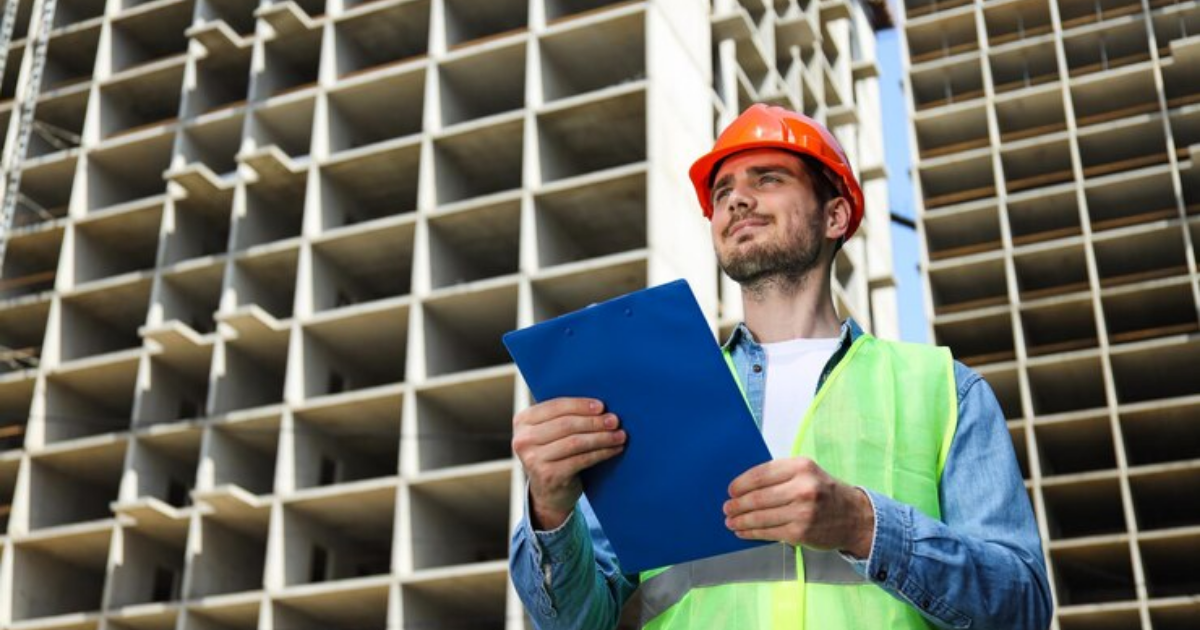Diaphragm wall construction is a popular method in the construction industry, especially for deep excavation projects, underground structures, and foundations in areas with high water tables. Its strength, versatility, and durability make it an excellent choice for projects like basements, tunnels, dams, and retaining walls. However, when embarking on any construction project, cost-effectiveness is one of the main concerns. This blog will delve into the cost-effectiveness of diaphragm wall construction, focusing on its benefits, initial costs, long-term savings, and overall value for large-scale projects.
What is Diaphragm Wall Construction?
Before diving into the cost-effectiveness of diaphragm wall construction, it is important to understand what it entails. Diaphragm wall construction involves creating a deep, vertical barrier, usually reinforced with concrete, that provides structural support for deep excavation projects or serves as a foundation for buildings and structures. The process begins with the excavation of a trench that is supported by slurry to prevent collapse, followed by the installation of steel reinforcement and the pouring of concrete.
This method is widely used for its ability to create watertight walls that can withstand significant pressures from surrounding soil and water. Additionally, diaphragm walls are ideal in urban environments where excavation space is limited, making them a preferred choice for many projects requiring below-ground construction.
Initial Costs of Diaphragm Wall Construction
One of the key aspects of understanding the cost-effectiveness of diaphragm wall construction is evaluating the initial investment. Diaphragm wall construction can have higher upfront costs compared to more traditional methods, due to factors like specialized equipment, material costs, and labor.
- Specialized Equipment: Diaphragm wall construction requires the use of specific equipment like grabbers, trench cutters, and bentonite slurry mixing units. These machines are necessary to ensure that the wall is constructed with precision, but they come with high rental or purchasing costs.
- Material Costs: High-quality materials such as concrete and steel reinforcement bars are needed to construct diaphragm walls. These materials can drive up costs, especially in areas where raw material prices fluctuate. Additionally, the use of slurry to stabilize the trench during excavation adds to the material cost.
- Labor: Diaphragm wall construction requires a skilled workforce to manage the complex process. The need for experienced workers and specialized training further increases labor costs during the initial phase of the project.
While the initial costs of diaphragm wall construction may appear steep, it is important to consider the long-term benefits and savings that can result from this method.
Durability and Long-Term Savings
When comparing the cost-effectiveness of diaphragm wall construction to other construction methods, one of the most significant advantages is the durability of the structure. Diaphragm walls are designed to last for decades, withstanding pressure from soil and water, reducing the need for frequent repairs or replacements. This long-lasting durability translates into significant long-term savings for developers and builders.
- Reduced Maintenance Costs: Diaphragm walls are known for their strength and ability to resist deformation, water seepage, and soil erosion. This reduces the need for ongoing maintenance, which can be a major cost factor in other types of retaining or foundation walls.
- Lower Repair Costs: Since diaphragm walls are designed to withstand significant external pressures, the likelihood of damage is low. The reduced need for repairs over time contributes to the overall cost-effectiveness of diaphragm wall construction.
- Resilience in Harsh Conditions: Projects in areas with challenging soil or water conditions, such as coastal cities or locations with a high water table, benefit greatly from diaphragm wall construction. The walls’ resilience in such environments means that developers avoid the costs of more frequent and expensive repairs that might be necessary with other methods.
Speed and Efficiency in Construction
One of the primary reasons developers opt for diaphragm wall construction is its efficiency, especially in large-scale projects where time is of the essence. Time efficiency directly impacts cost-effectiveness, as prolonged construction times can lead to increased labor, equipment rental, and other costs.
- Quick Installation: The use of specialized equipment allows diaphragm walls to be installed more quickly than other traditional methods like sheet piling or secant piling. The faster construction time translates into savings on labor and machinery costs.
- Minimal Disruption: In urban environments, where construction projects can disrupt traffic and surrounding businesses, diaphragm wall construction offers a solution that minimizes such disruptions. The speed and precision of diaphragm wall installation reduce the time that surrounding areas are affected, helping developers avoid fines, penalties, or compensation costs to local businesses.
- Foundation and Retaining Structure in One: Diaphragm wall construction serves a dual purpose, acting as both a foundation and a retaining structure in many cases. This eliminates the need for additional construction steps, saving both time and money in the overall project timeline.
Versatility and Adaptability
Another factor contributing to the cost-effectiveness of diaphragm wall construction is its versatility. Diaphragm walls can be adapted to suit various types of projects, including:
- Basements and Underground Parking: Diaphragm walls are ideal for the construction of deep basements and underground parking structures in high-density urban areas, where space is limited.
- Tunnels and Subways: Diaphragm wall construction is a preferred method for the construction of tunnels and subway systems, particularly when there is a need to prevent water ingress.
- Waterproof Structures: Diaphragm walls can be made watertight, making them suitable for projects located in areas with a high water table or near bodies of water.
This adaptability reduces the need for separate construction methods, which can drive up costs in complex projects. The ability to use diaphragm wall construction for multiple purposes makes it a highly cost-effective choice for developers.
Environmental Impact and Sustainability
In today’s construction industry, sustainability is a major concern for developers and investors alike. Diaphragm wall construction is often considered more environmentally friendly compared to traditional methods, which can further improve its cost-effectiveness when factoring in long-term environmental regulations and sustainability goals.
- Minimal Excavation: Diaphragm wall construction minimizes the amount of soil that needs to be excavated, reducing the environmental impact associated with large-scale earthworks. The reduction in excavation can also lead to savings in transportation and disposal costs for excess soil.
- Reduced Material Usage: The precision of diaphragm wall construction means that materials like concrete and steel are used more efficiently. This not only saves on costs but also reduces the overall carbon footprint of the project.
- Longevity: The durability of diaphragm walls reduces the need for reconstruction or major repairs, meaning fewer resources are used over the lifespan of the structure. This long-term sustainability contributes to the overall cost-effectiveness of diaphragm wall construction.
Cost-Effectiveness in Urban Development
For urban development projects, diaphragm wall construction offers significant cost savings due to its space-saving qualities. With the ability to construct deep basements and foundations in tight spaces, diaphragm wall construction maximizes the use of available land. This is particularly important in densely populated urban areas where real estate is expensive and every square meter counts.
Additionally, diaphragm wall construction can be done with minimal disruption to adjacent structures, reducing the risk of damage to surrounding properties. This further lowers costs, as developers avoid potential litigation or compensation claims resulting from damage caused by alternative excavation methods.
Conclusion
When evaluating the cost-effectiveness of diaphragm wall construction, it is essential to consider both the initial investment and the long-term savings. While the upfront costs may be higher than traditional construction methods, the durability, efficiency, and versatility of diaphragm walls result in significant long-term savings. Diaphragm wall construction reduces maintenance and repair costs, speeds up construction timelines, and offers sustainable benefits that align with modern environmental standards. For large-scale, deep excavation projects, diaphragm wall construction is a highly cost-effective choice that delivers both financial and structural benefits over time.
By choosing diaphragm wall construction, developers and builders can ensure that their projects are completed efficiently, with long-lasting results that save money and resources in the future.







